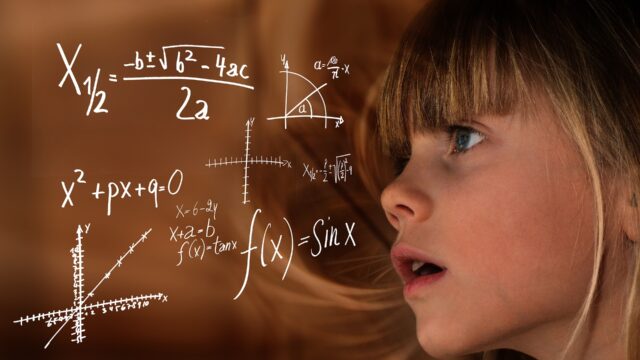“Let there be light,” God said in Genesis 1:3.
Albert Einstein framed the question that is the title of this essay. Another way to ask it is whether nature had any choice regarding the fundamental principles it exhibits? As a non-expert, I consider the laws of physics similar to the Ten Commandments. I see them as rules determining the behavior of matter imposed by the Creator of the universe. This, however, is a more theological than an objective viewpoint.
A more scientific perspective is to view the laws of physics as human inventions, i.e., mathematical formulas that quantitatively define the results of observations and measurements. It’s relevant to underscore that such laws are not built into the structure of the universe and that physicists are not just discovering them. Rather, these principles fall out of the models and parameters physicists develop to describe the observations. Unfortunately, these patterns do not explain why nature is so predictable, instead of chaotic and unpredictable? And why these laws are similar under unique conditions?
The latter question is actually easier to answer than the former. From the beginning, scientists agreed that these laws of nature were free from any type of frame of reference, a proposition called the “principle of covariance.” This was not a choice, but the result of the modeling. We now understand that this neutrality arises from space-time coordinate independence; Meaning that all the fundamental physics follow from the principle of point-of-view invariance. Recall, for example, that light travels at the same speed regardless of the observer’s perspective.
The present Standard Model of particle physics assumes the existence of six “flavors” of quarks, three “generations” of neutrinos, and one Higgs particle. This model comes with 19 constants of nature — numbers such as the mass and charge of the electron — that are measured in experiments. These are the basic parameters of the universe, although translating this design into reality remains riddled with disunions, holes and inconsistencies. Instead of the model producing a single solution, or one unique universe, a slew of solutions or universes exist. It is analogous to having a 26-letter vocabulary that can produce an infinite number of words.
The question that arises is, if our world is but one of many, how do we explain the alternatives? From a quantum physics perspective, these alternatives are considered “probabilities.” String theory (or M-theory) is, at this moment, the dominant and most consistent candidate for a theory of everything, including these alternative probabilities. String theory, offered in 1995 by the physicist Edward Witten, presupposes that gravitons, electrons, photons and everything else, are not point-particles. Instead, they exist as tiny ribbons of energy, or “strings,” that vibrate in singular ways. M-theory can describe all nature particles and forces, including gravity, while obeying the strict logical rules of quantum mechanics and relativity. The problem is that no empirical evidence for M-theory exists.
Robbert Dijkgraaf, Director of the Institute for Advanced Study in Princeton, New Jersey, has recently stated: “By shaking the universe hard enough, we would be able to move from one possible world to another, changing what we consider the immutable laws of nature and the special combination of elemental particles that make up reality.” What this points to is that thinking of physics in terms of fundamental building blocks may be inaccurate, or at least of limited usefulness. Instead, what Dijkgraaf proposes as a solution is to consider an immense “landscape” that connects every instantiation of solutions or universes. Consider, if you will, maneuvering through a myriad of islands in a vast ocean. Below the surface, these “independent” reefs are outcroppings of an extensive and interconnected mountain range.
The principles of nature, or the specifications applied to interpret our measurements, may be accidental, or local to our environment (at least our part of the Universe). They are neither dictated by any universal principle, and not generic or required. Another way to view this is to consider that the laws of physics appear in space and time as resolving uncertainty. Resolution of ambiguity is “information” – one that is circumstance- and location-dependent. Without such contextually dependent information, organic existence as we recognize it in our world should not have occurred. It is also why such life is unique.

